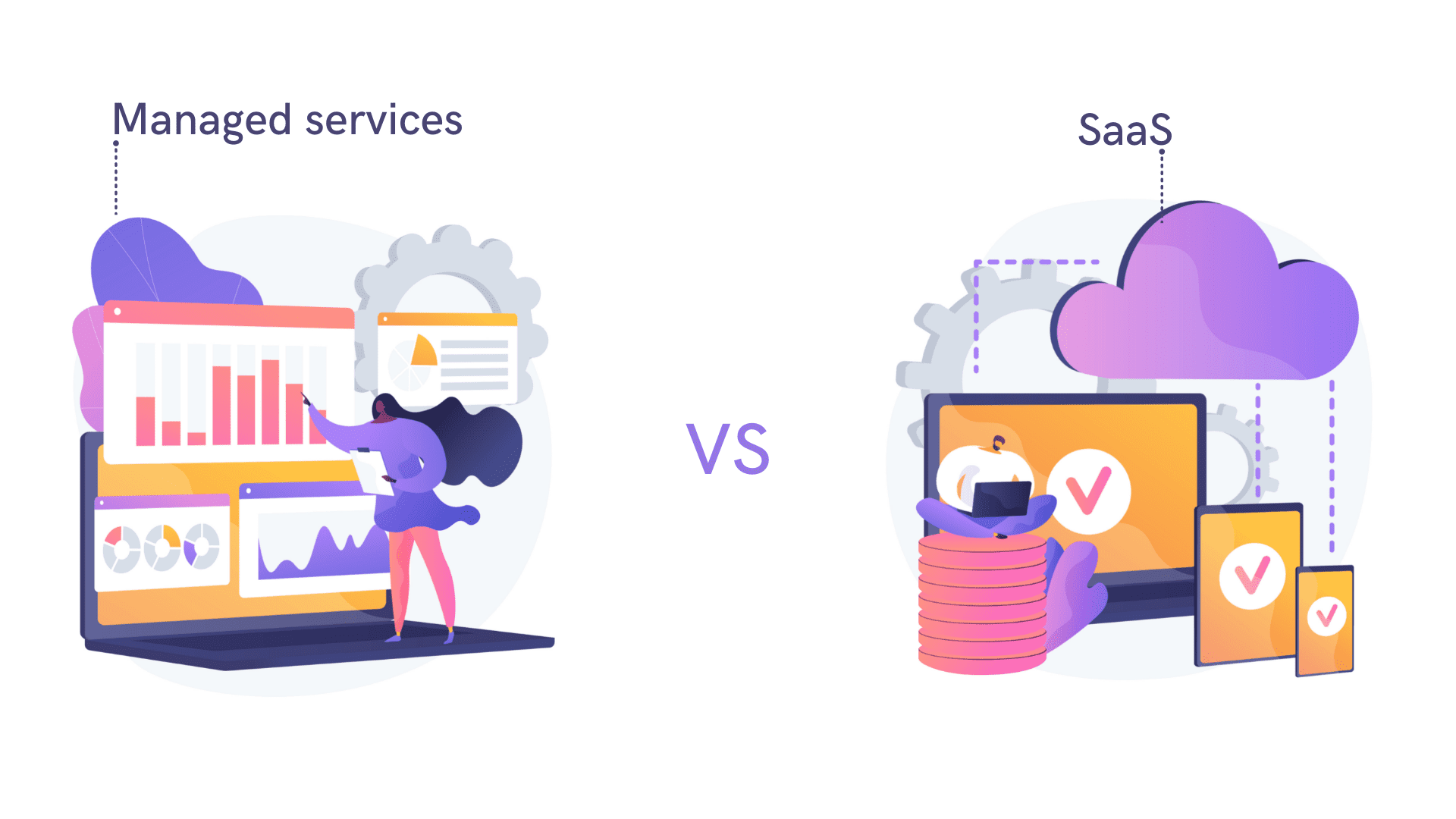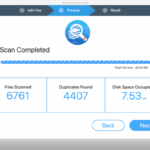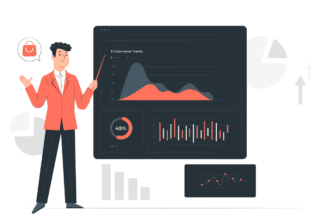What is SaaS?

In simple terms, software-as-a-service or SaaS entails access to the software via the Internet on a fee basis. SaaS comprises updates, data backup, and security services.
This software refers to services delivered through the cloud that the company pays for. Business owners and their employees can remotely log in and receive the benefits of the program to do tasks such as bookkeeping, payroll, or even research and present reports.
SaaS provides consumers and businesses with cloud tools and applications that can be used on a daily basis. The most significant benefits of the technology include the following:
- There’s no need to manage or upgrade the software because this is usually included in a SaaS subscription or purchase.
- You don’t need to use local resources or space on your physical server (if you have one).
- SaaS solutions are among the most popular cloud computing services so they’re easy to find and adopt.
- You don’t need to staff a whole full-time IT department and can save considerably on SaaS product maintenance and support.
Despite the above advantages, SaaS software solutions do have their cons. The owning company has no control over the cloud-based infrastructure it is based on. This means SaaS tools may be incompatible with the existing tools and hardware which can involve additional costs. Hence, it’s essential to choose compatible tools such as lead management software before you proceed further.
In addition, SaaS applications are one-size-fits-all solutions with not so many opportunities for changes inside one specific account. Moreover, most SaaS development companies do not provide extended training on how to implement the software most efficiently.
What are managed services?
Managed service models are best suited for organizations that do not have experienced tech specialists to maintain software, perform maintenance work and upgrade. Managed services usually provide a flat monthly fee for services to provide high-quality features.
Here are the benefits of managed services software:
- They are designed to affect current employees’ satisfaction. It is designed for unique needs thus facilitating the work of tech specialists.
- Managed service providers manage the entire IT spectrum, from maintaining infrastructure to cloud computing and migration.
- Managed services are responsible for complex tasks, such as whole network monitoring, system management, hardware updates, software installations, and others.
The core differences between SaaS and managed service
The most popular SaaS solutions provide cloud-based functions like accounting, billing, time tracking, customer relationship management (CRM), and more.
Managed services are different. They usually provide a throughout support by managing both networking and hardware requirements.
Managed services take a step forward compared to SaaS and can help businesses on the hardware side too. Managed IT services are IT tasks provided by a third-party vendor to a customer which allows participating businesses of all sizes. The managed service provider is responsible for maintaining the organizational IT activities.
On the other hand, the SaaS model is a category of cloud computing alongside infrastructure as a service and platform as a service model. The SaaS model represents software distribution in which a third-party vendor serves requests from applications that are available to customers. He hosts, maintains, and upgrades those apps via the Internet.
To sum up, the key difference between managed services are fully outsourced, while SaaS services aren’t. Managed service providers will build solutions fully adapted to your IT needs.
What kind of service to choose?
As usual, it depends on the premise. The SaaS product development might be a good option for businesses that have a full commitment to staff their IT department. It is a boon for those who need outsourced apps to have cutting-edge services and outperform their competitors. In short, the companies that already have an in-house IT infrastructure will get the most advantage out of the SaaS model.
Managed services offer valuable benefits for data safety. They include constant remote monitoring and the creation of relevant reports to inform the organization about the state of its system. Another cybersecurity benefit is risk assessment and correlation analyses to constantly monitor the activities inside the network.
On the other hand, the SaaS model doesn’t provide complete control over all data for the customers since the data is cloud-hosted. Even though SaaS applications are accessible anywhere with the use of the Internet, the customer must perform a security review of the application before subscribing, especially when it is deployed on a public cloud.
Another thing to be borne in mind is price. In direct comparison, managed services are more expensive than SaaS. Businesses need to pay for the extra support of the whole software environment and maintain it. If you represent a large company or organization which intends to implement managed services, they can cut total costs in particular ways. But as for smaller businesses, it would be more costly as compared to SaaS.
Conclusion
Engineered with cloud-native and open source principles, SaaS products and solutions are designed to be user-friendly. Meanwhile, managed services have their own advantages, especially if your business is expanding exponentially and now needs a full in-house IT team for security engineering, troubleshooting, and software development.
If you choose between a ready-to-use solution and a solution based on an existing network, it’s better to get all the information you need to clarify your cloud needs and business objectives. Do not be amiss to allocate resources available before taking a decision.
Author:
Egor Bulyhin, CTO at Smart IT, speaks on social media around the world focusing on software development strategy for Fintech, Healthtech, and other hi-tech areas. A former Project Manager and Lead Software Engineer, Egor practiced for more than 15 years on multiple IT projects before sharing his experience.








